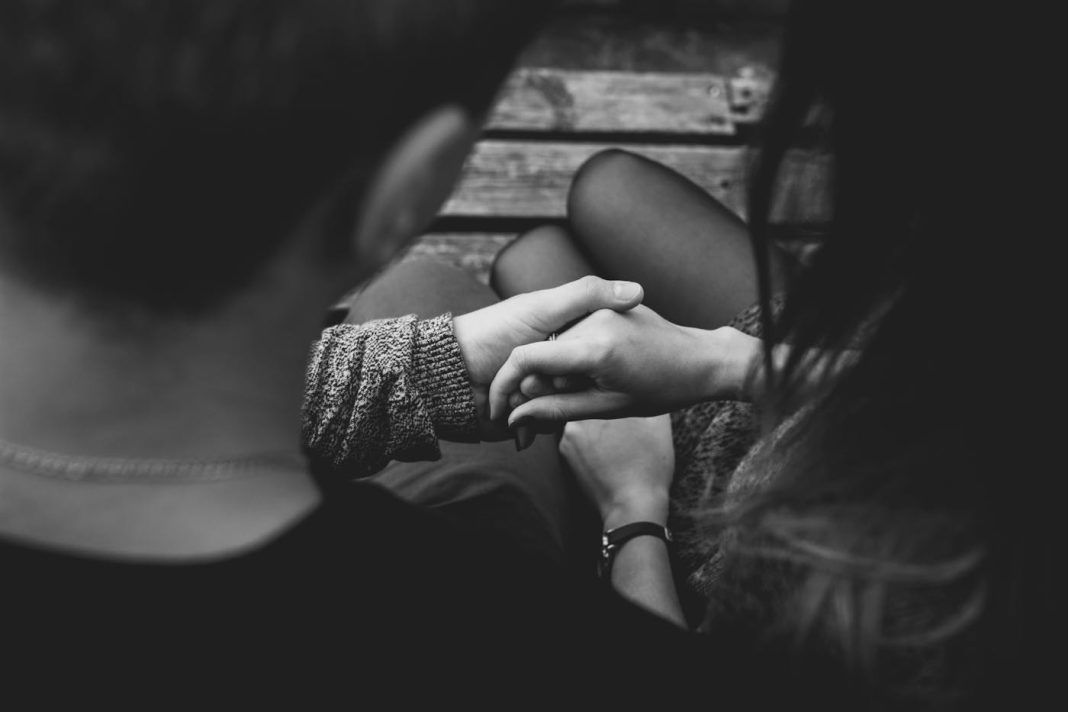We live in a world that often rewards strength, control, and the illusion of perfection. Social media is filled with curated snapshots of flawless moments, while real connection, messy, raw, beautiful in its imperfection, happens behind closed doors, often in silence.
Yet deep down, we crave that realness. We long for someone to see us, not just the polished version, but the full, complicated, beautifully imperfect human underneath.
That’s where vulnerability lives. And for many of us, that’s also where fear lives.
As a certified relationship coach, I’ve sat with countless individuals and couples who want a deeper connection but struggle to let down their guard. The fear of being judged, rejected, or misunderstood keeps them locked in emotional armor. But the paradox is this: the very thing we fear most—being vulnerable—is the exact doorway to deeper intimacy, trust, and love.
Let’s explore how embracing vulnerability can transform not just our relationships but the way we experience ourselves and others.
What Is Vulnerability – Really? (Hint: It’s Not Weakness)
We often confuse vulnerability with weakness. But vulnerability is not crying uncontrollably in front of strangers or oversharing inappropriately. It’s not drama, and it’s definitely not a lack of strength.
Vulnerability is emotional honesty. It’s the willingness to show up authentically, even when there are no guarantees. It’s saying:
- “I’m scared, but I’m still here.”
- “I love you, even though I don’t know how you’ll respond.”
- “I made a mistake, and I want to make it right.”
Dr. Brené Brown, a leading researcher on vulnerability, defines it as “uncertainty, risk, and emotional exposure.” That moment when your heart races before a confession? When you ask for what you need instead of pretending you’re fine? That’s vulnerability. And it’s incredibly courageous.
Why We Hide: The Cost of Self-Protection
Many of us learned early on that vulnerability can be dangerous. Maybe we opened up to a parent who dismissed us. Maybe a past partner betrayed us when we were most open. So we adapt: we become overly independent, sarcastic, emotionally distant, or conflict-avoidant. We protect ourselves by building walls.
But those same walls that keep pain out also keep love out.
When we shut down vulnerability, we may avoid some heartache—but we also limit authentic intimacy. We end up in relationships where we’re physically present but emotionally isolated. Or worse, we perform closeness without ever truly being seen.
The Vulnerability Loop: Someone Has to Go First
Here’s the thing: vulnerability begets vulnerability. When one person opens the door, the other often follows.
In relationships, we wait for the “right moment” or for our partner to speak first. But sometimes, you have to go first. That’s where emotional leadership begins.
Try saying:
- “I want to tell you something, and it feels scary… but important.”
- “I don’t have all the answers, but I want to be honest about what I’m feeling.”
- “Can we have a real conversation about what’s happening between us?”
These kinds of statements shift the emotional climate. They invite trust. And trust is the soil where love grows.
Expert tip:
Research shows that emotional disclosure increases intimacy. Even in early dating, couples who share personal stories and emotions, not just facts, report a stronger connection and attraction.
Practicing Safe Vulnerability: Boundaries & Emotional Consent
Vulnerability doesn’t mean emotional dumping or giving your whole self to someone who hasn’t earned it. Healthy vulnerability is intentional. It honors both your emotions and your safety.
Ask yourself:
- Is this person emotionally safe for me to open up to?
- Am I sharing to connect—or to control or test their reaction?
- Do I respect their capacity to receive this right now?
Creating a culture of emotional consent—where both people agree to enter deeper territory—makes space for mutual growth.
And when you’re on the receiving end of someone’s vulnerability? Respond with care. Say:
- “Thank you for sharing that. I really appreciate your honesty.”
- “That must have taken courage. I’m here with you.”
These moments, handled with care, are what relationships are made of.
The Rewards of Vulnerability: Deeper Love, Greater Resilience
When we practice vulnerability consistently, something beautiful happens: we feel seen. And in that seeing, shame loses its power. Defenses soften. Connection strengthens.
Authentic relationships aren’t built on perfection or constant harmony—they’re built on emotional risk, empathy, and repair.
You don’t have to be fearless to be vulnerable. You just have to be willing. And when two people are willing together? That’s where the magic begins.
Letting Yourself Be Loved, Fully
Vulnerability isn’t the easy path. But it’s the true one.
It’s how we go from performance to presence. From surface to soul. From being loved for who we pretend to be… to being loved for who we are.
When we embrace vulnerability, we say:
“I trust myself enough to show up. I trust you enough to see me. And I believe love is worth the risk.”
And in that brave space between fear and honesty, real connection is born.
Let love in – not just where you’re polished, but where you’re real. That’s where it blooms.



